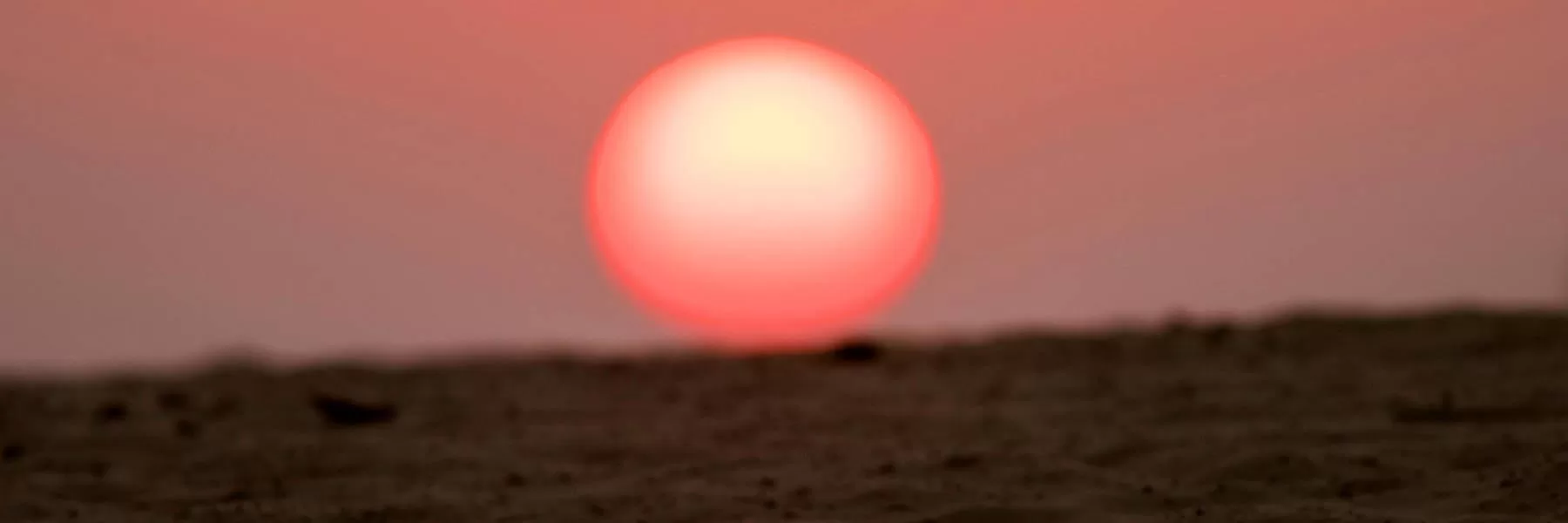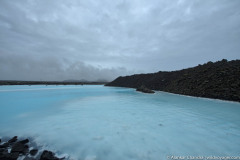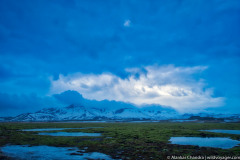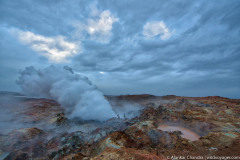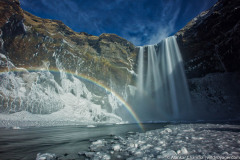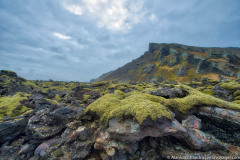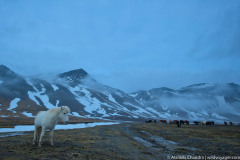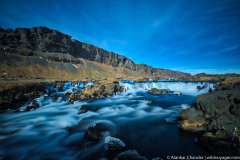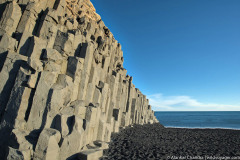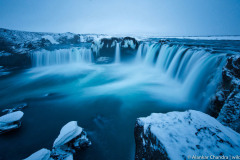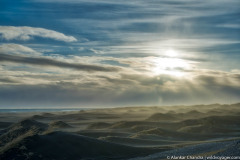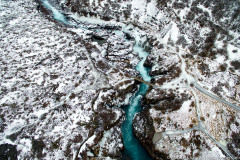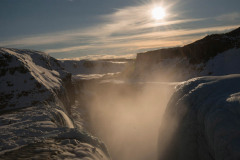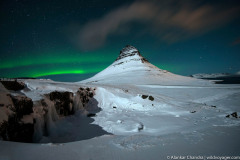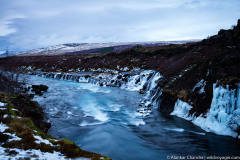Desert wildlife is an interesting study of how species wonderfully survive in harsh climatic conditions. Part of the Thar desert ecosystem, The Desert National Park near Jaisalmer is a distinct example of a wildlife fest in the desert.
As against the popular belief that the camel is about the sole wildlife that one can hope to find in a desert, the Desert National Park, is abode for a large number of animal as well as bird species. In fact, the Great Indian Bustard, an endangered bird species which is found only in India, holds on to this national park as one of its last bastions of what it can call home.
Sprawling across an area of more than 3000 sq.km., the national park is one of the largest in India. The fragile ecosystem thrives with gusto and has adapted extremely well to the terrain and climatic conditions of the desert area.
About 55 km from the historically, architecturally and culturally attractive city of Jaisalmer, the Desert National Park is an ideal destination for natural and wildlife lovers. It is however, best suited for bird lovers. The variety of bird species in the Desert National Park is as good as any, boasting of around 115 plus bird species, including migratory birds.
Desert Terrain
A large part of the national park is covered with sand dunes and compact salt bottoms of extinct lakes. The western part of the park is mainly sandy, whereas the gravel and rocky terrains are spread across the remaining areas of the national park. Besides, the rocky terrain and thorny scrubs, the vegetation is sparse and scattered. With almost 60% of the area identified as semi-arid desert, it is no wonder, that most of the sighting of animals and birds takes place in and around watering holes. The water hold in Sudasari is actually one of the best places for sighting of different wildlife within the park area.
Wildlife fest
Desert national park is rich in flora and fauna, and is an important ecological region of biodiversity.
Animal Species:
There are many desert adapted mammals found here, like the blackbucks, desert fox, wild fox, Bengal fox, chinkara, desert cat, hedgehog, jungle cat, wolf, nilgai, and more.
Reptiles:
Reptiles found in the park are the monitor lizard, spiny tail lizard, common krait, Russel’s Viper, saw scaled viper, gecko and more.
Avian Species:
Birds are a primary attraction of the Desert National Park, and besides the Great Indian Bustard, some other species that take shelter here include, falcons, eagles, harriers, tawny eagles, kestrel, Indian vulture, short toed eagles, spotted sandgrouse, painted sandgrouse, honey buzzards, babblers, kite, McQueen’s Bustard, larks, partridges, bee-eaters, black winged stilt, little ringed plover, red wattled lapwing, Indian peafowl, rock dove, laughing dove, red collared dove, European nightjar, green sandpiper, Indian courser, Griffon vulture, Rock eagle owl, spotted owlet, common hoopoe, black rumped woodpecker, Indian roller, merlin, black drongo, Demoiselle Cranes and more.
Interestingly, the wildlife form and diversity is not only evident in the present, but the Desert National Park is also famous for the Fossil Park that houses fossils that date back to 180 million years ago. The collection of fossils, a particular one of dinosaurs that is 6 million years old, makes it quite clear that wildlife has always been around in this region.
Watch the desert come alive!
It is not hard to see why deserts are often understood as beautiful, breath taking, dramatic and harsh all at the same time. The vastness of dunes takes you by surprise, just as when you least expect it, you see something shift somewhere only to realize that it is a chinkara or a fox. There are around 72 villages within the Park area, and some barbed water holes are created to ensure that they are used exclusively by the wildlife without any human encroachment. Some popular villages include, Sam and Khuri, both not too far away from Jaisalmer. The desert safari rides in jeeps, on camels or on foot bring in close encounters with the thriving biodiversity that enriches this desert space.
Though the Desert National Park is open throughout the year, it is best to visit it before the scorching summers arrive. Anytime between October and February would be an ideal visiting time.
The Desert National Park, thus, is a unique ecosystem that is blooming and making its presence felt in the arid environ. The topography, terrain and climatic conditions add an out worldly charm to the park which enhances the splendor of the desert landscape along with generous doles of a wondrous and heartwarming wildlife.
If you are a wildlife enthusiast, then you have missed something in life if you have not seen desert national park.


